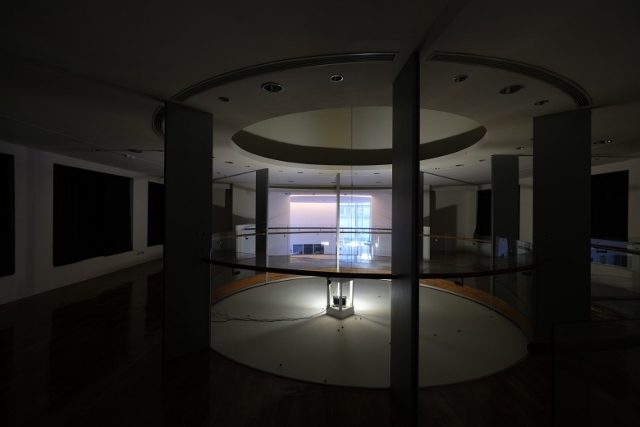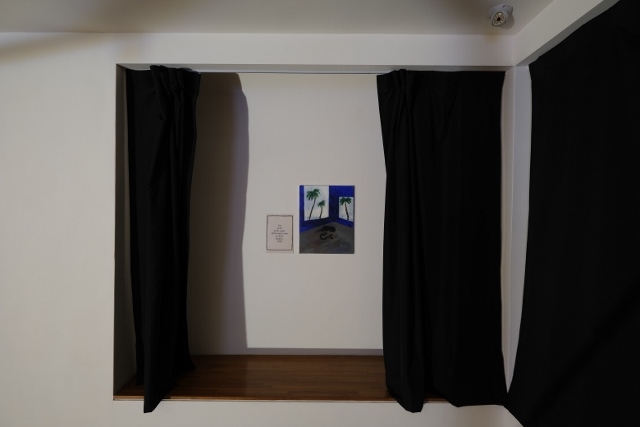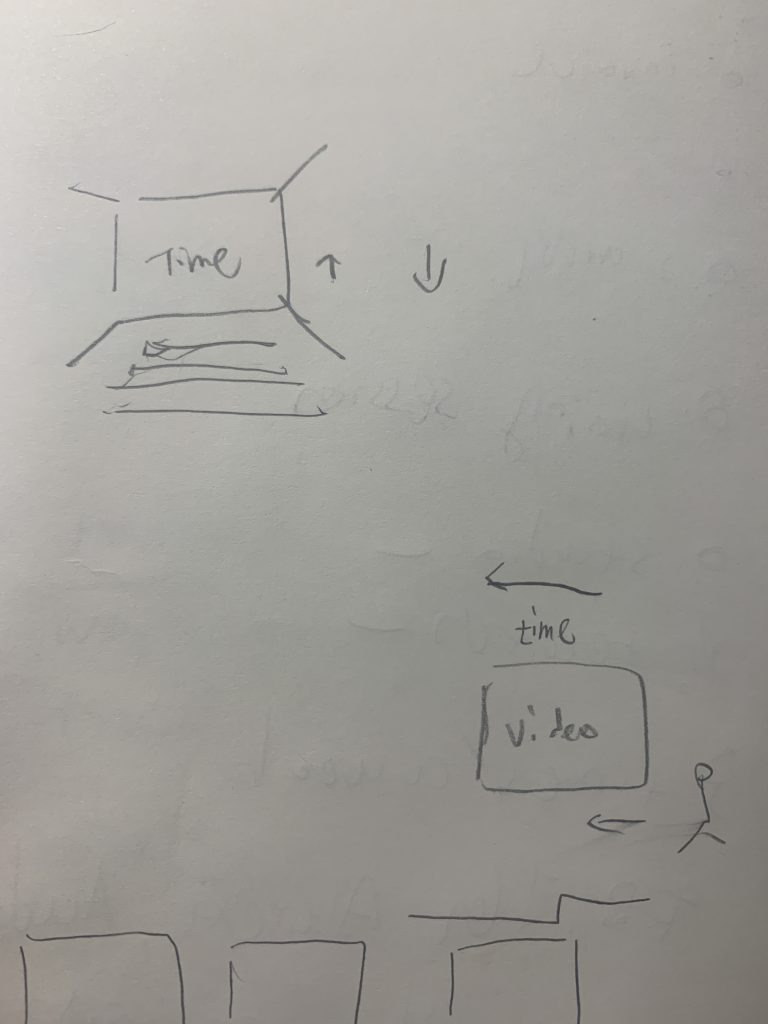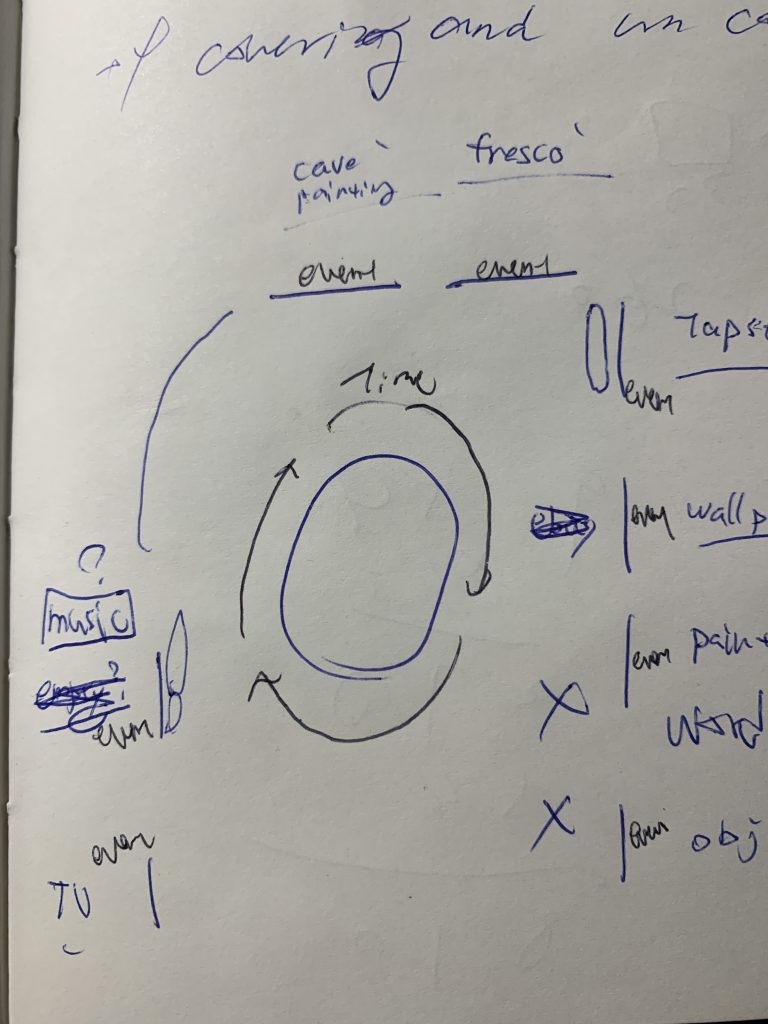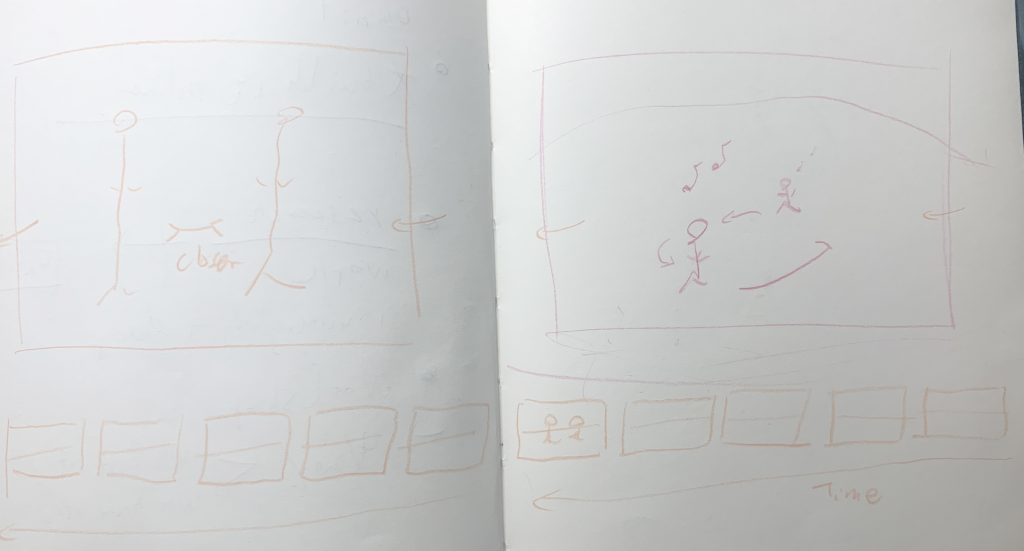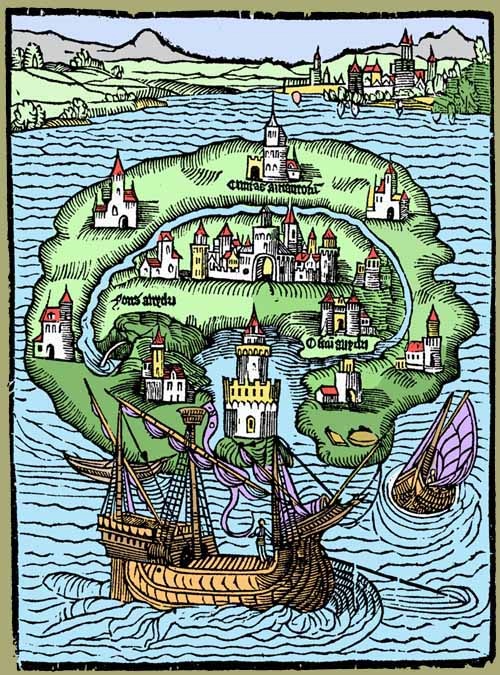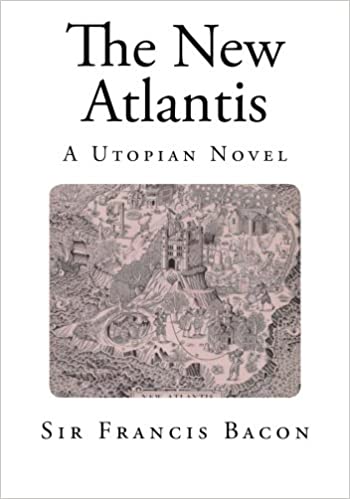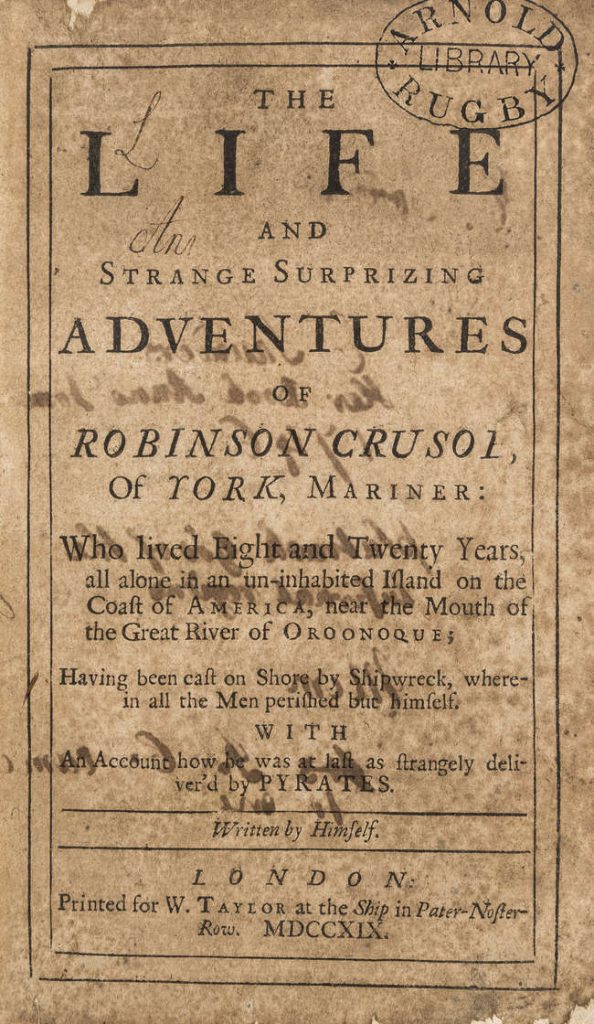This is the second episode of a series interview with my immigrant friends. Each of each contains different content but in the meantime similar in a way. The total run time of each video is around an hour. Feel free to treat it as a podcast or background music and discover the surprise moment in it.
There was a part Wayne talked about Utopia, to be precise, what is Utopia. He sort of thinks it through during the interview about the definition of it. He said: “Imagine something beyond reach, a critic of presence lack of whatever.” Utopia is something that can’t be materialized. When the paradox of the meaning appeared in his mind, it confused him for a bit then shortly he realized that is exactly what utopia means. The moment or that part perfectly presents the idea of utopia. Also, he talked about his idea about immigrants, which is complicated. That tells it all… I couldn’t quote what he said individually, it’s like extracting a single drip from a stream. But if look it as a whole thing it becomes a surface that can be clear sometimes, reflective things and some moist illusion. You can see the fish and the world under it but you won’t feel the chill until you jump in it.
